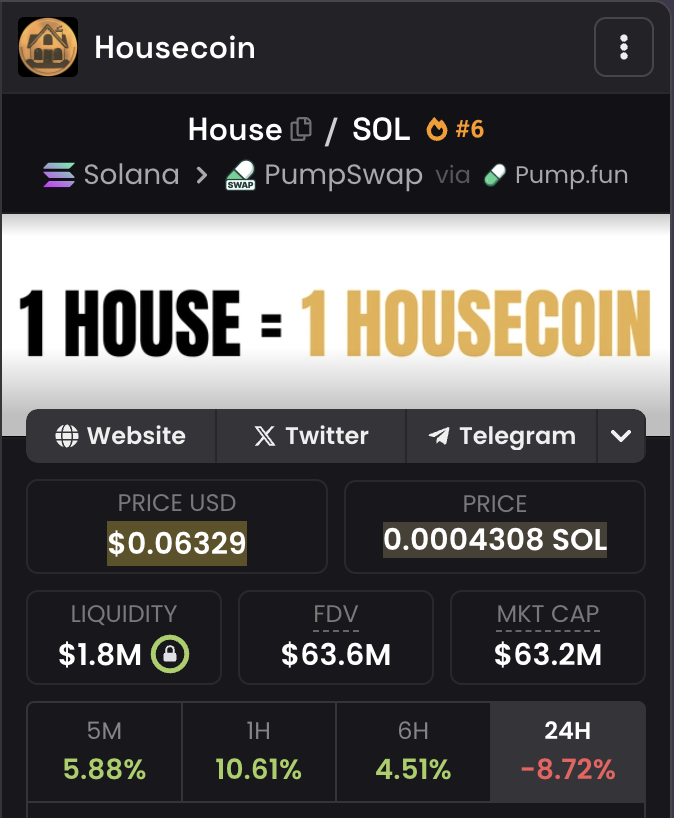
Raydium price

RAY Issuer Risk
Disclaimer
OKX does not provide investment or asset recommendations. You should carefully consider whether trading or holding digital assets is suitable for you in light of your financial condition. Please consult your legal/tax/investment professional for questions about your specific circumstances. For further details, please refer to our Terms of Use and Risk Warning. By using the third-party website ("TPW"), you accept that any use of the TPW will be subject to and governed by the terms of the TPW. Unless expressly stated in writing, OKX and its affiliates (“OKX”) are not in any way associated with the owner or operator of the TPW. You agree that OKX is not responsible or liable for any loss, damage and any other consequences arising from your use of the TPW. Please be aware that using a TPW may result in a loss or diminution of your assets. Product may not be available in all jurisdictions.
Raydium market info
Market cap = Circulating supply × Last price

Raydium Feed

RAY calculator


Raydium price performance in USD
Popular Raydium conversions
| 1 RAY to USD | $2.9404 |
| 1 RAY to EUR | €2.5824 |
| 1 RAY to PHP | ₱164.71 |
| 1 RAY to IDR | Rp 49,154.13 |
| 1 RAY to GBP | £2.1946 |
| 1 RAY to CAD | $4.0696 |
| 1 RAY to AED | AED 10.8003 |
| 1 RAY to VND | ₫76,473.34 |
About Raydium (RAY)
- Official website
- Block explorer
Raydium FAQ
Raydium is an automated market maker (AMM) built on Solana's network, distinguishing itself from other AMMs by utilizing its DEX's central order book to share liquidity. As an AMM, it plays a crucial role in powering the Serum decentralized exchange, offering users efficient trading and liquidity solutions within the Solana ecosystem.
Holding RAY tokens comes with several benefits due to Raydium's distinctive approach. Firstly, it provides the advantage of faster trades compared to other platforms, making it attractive for those seeking efficient and timely transactions. Additionally, RAY holders can actively participate in the project's governance by staking their tokens, allowing them to have a say in various decisions and proposals within the Raydium ecosystem.
Easily buy RAY tokens on the OKX cryptocurrency platform. One available trading pair in the OKX spot trading terminal is RAY/USDT. You can also swap your existing cryptocurrencies, including XRP (XRP), Cardano (ADA), Solana (SOL), and Chainlink (LINK), for RAY with zero fees and no price slippage by using OKX Convert.
Monitor crypto prices on an exchange
ESG Disclosure
RAY calculator


Disclaimer
OKX does not provide investment or asset recommendations. You should carefully consider whether trading or holding digital assets is suitable for you in light of your financial condition. Please consult your legal/tax/investment professional for questions about your specific circumstances. For further details, please refer to our Terms of Use and Risk Warning. By using the third-party website ("TPW"), you accept that any use of the TPW will be subject to and governed by the terms of the TPW. Unless expressly stated in writing, OKX and its affiliates (“OKX”) are not in any way associated with the owner or operator of the TPW. You agree that OKX is not responsible or liable for any loss, damage and any other consequences arising from your use of the TPW. Please be aware that using a TPW may result in a loss or diminution of your assets. Product may not be available in all jurisdictions.





















Socials